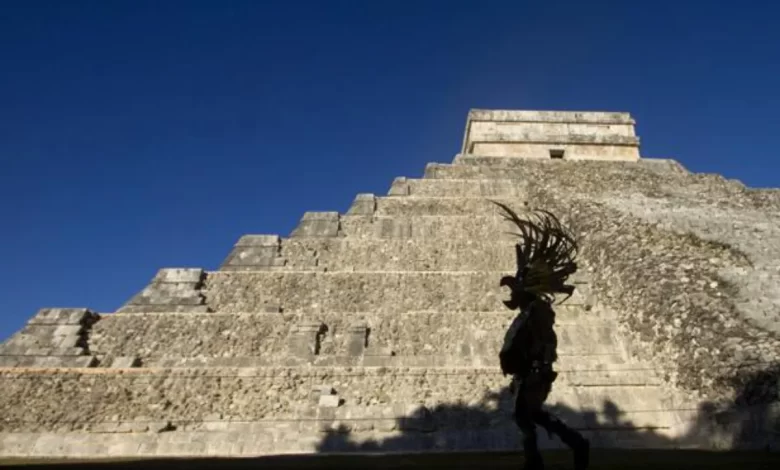Mexico, discovering Yucatan and the Mayan country

Located in the southeast of Mexico, the Yucatan Peninsula is composed of three states: Quintana Roo, Campeche and Yucatan. Bordered by the Gulf of Mexico and the Caribbean Sea, this tourist region is full of sites and natural reserves. Going with them early in the morning helps avoid the crowd. Along the way, you will pass through pretty colorful towns: Campeche, a UNESCO World Heritage Site, the only Mexican city to have been completely fortified in the 17th century, Mérida, a colonial town built on the site of the ancient Mayan city Ti’ho and Valladolid, smaller, one of the first Spanish cities of Yucatan.
In the footsteps of the Maya
Between Mérida and Campeche, you will discover the site of Uxmal, with its splendid architecture, including the Devin pyramid, surrounded by ceremonial architectural buildings richly decorated with many symbolic motifs. In Valladolid, Chichén Itzá, the largest Mayan city on the Yucatan Peninsula, is home to the extraordinary four-sided pyramid of Kukulcán. In the same area, you will find Cobá and Tulum, the temple by the water. And one of the last to be excavated (from the 1990s onwards): Ek’ Balam which means “black jaguar”, probably in homage to the city’s founding chief. On a surface of 12 km2, it consists of 45 buildings surrounded by stone walls. This city is one of the few places where you can climb the buildings. It is renowned for the surprisingly well-preserved stucco panels of the Temple of los Frisos, with friezes displaying numerous sculpted characters. Also called “Acropolis”, the building houses an open jaguar mouth, whose teeth marking the entrance door are seen in the tomb of the ruler Uk’it Kan Lek Tok, where precious objects, jade stones, mother-of-pearl pendants have been found… At the top, at 32 meters, the view is breathtaking over the surrounding jungle, watch out for the descent, quite dizzying. If you’re lucky, you might come across a jaguar!
From underground caves to heavenly beaches
The cenotes are also surrounded by lush nature, the underground natural cavities created by the collapse of a part of the ceiling of a cave were the source of water for Mayan civilizations. 3,000 have been discovered, but there are believed to be many more throughout the peninsula. From the wildest to the most touristy, such as Chukum, where you can dive into the clear waters with a zip line, you will be spoilt for choice. You can also land on a white sand beach on Holbox Island or in Playa Punta Maroma, go snorkeling on the coral reef off Puerto Morelos or Puerto Aventuras admiring stingrays, swim with turtles in Akumal or even immerse yourself in the Sian Ka’an Biosphere Reserve, among pelicans, storks and crocodiles hidden in the mangrove swamp.












